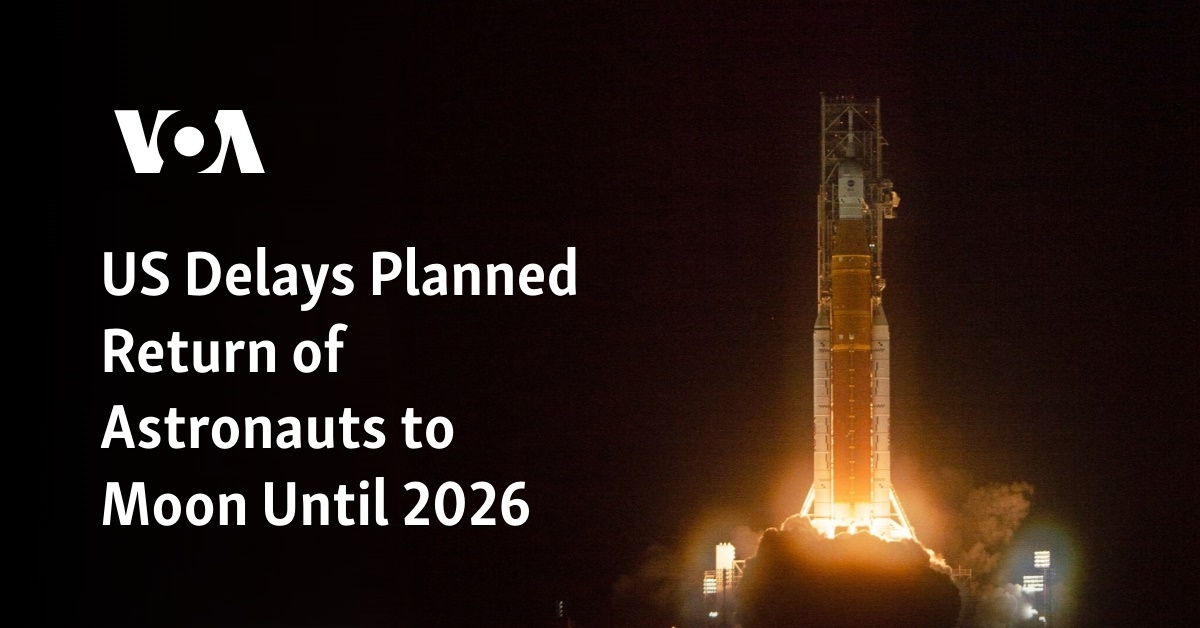The scheduled return of astronauts to the moon has been postponed until 2026 by the United States.

According to NASA Administrator Bill Nelson, the United States has delayed its scheduled mission to send astronauts back to the Moon’s surface from 2025 to 2026.
In 2017, the US space agency announced “Artemis” as their project to establish a long-term presence on the moon, named after the Greek goddess and sister of Apollo. The goal is to gain knowledge from this mission for a future journey to Mars.
In 2022, the initial objective of Artemis 1, a flight without a crew to the Moon and back, was achieved after multiple delays.
According to Nelson, Artemis 2, which will not include a landing on the surface, has been delayed from its originally planned date later this year to September 2025.
The planned Artemis 3 mission, which will mark the first time a woman and person of color step on the Moon’s southern pole, has been rescheduled for September 2026.
Nelson stated that our utmost concern is safety, and in order to allow the Artemis teams additional time to address obstacles, we are taking certain measures.
NASA is also planning to construct a lunar space station called Gateway, which will serve as a docking site for spacecraft during future missions.
Elon Musk’s SpaceX has won the contract for a landing system for Artemis 3 based on a version of its prototype Starship rocket, which remains far from ready. Both of its orbital tests have ended in explosions.
Setbacks for Starship have ripple effects as the company providing the spacesuits requires information on how they will connect with the spacecraft, and training simulators must be constructed for astronauts to familiarize themselves with its systems.
The Artemis 1 mission also encountered technical challenges, including unexpected erosion of the heat shield on the Orion crew capsule and more damage to the ground structure supporting the launch of the SLS rocket than initially anticipated.
In March 2023, it was reported that NASA had committed to paying around $40 billion to numerous contractors for their assistance with the Artemis program, according to the same oversight group.
One major contrast between the Apollo missions of the 20th century and the Artemis era is the growing reliance on commercial partnerships. This is part of a larger plan to involve private companies in space exploration, with the goal of lowering expenses and improving access to space.
Source: voanews.com




